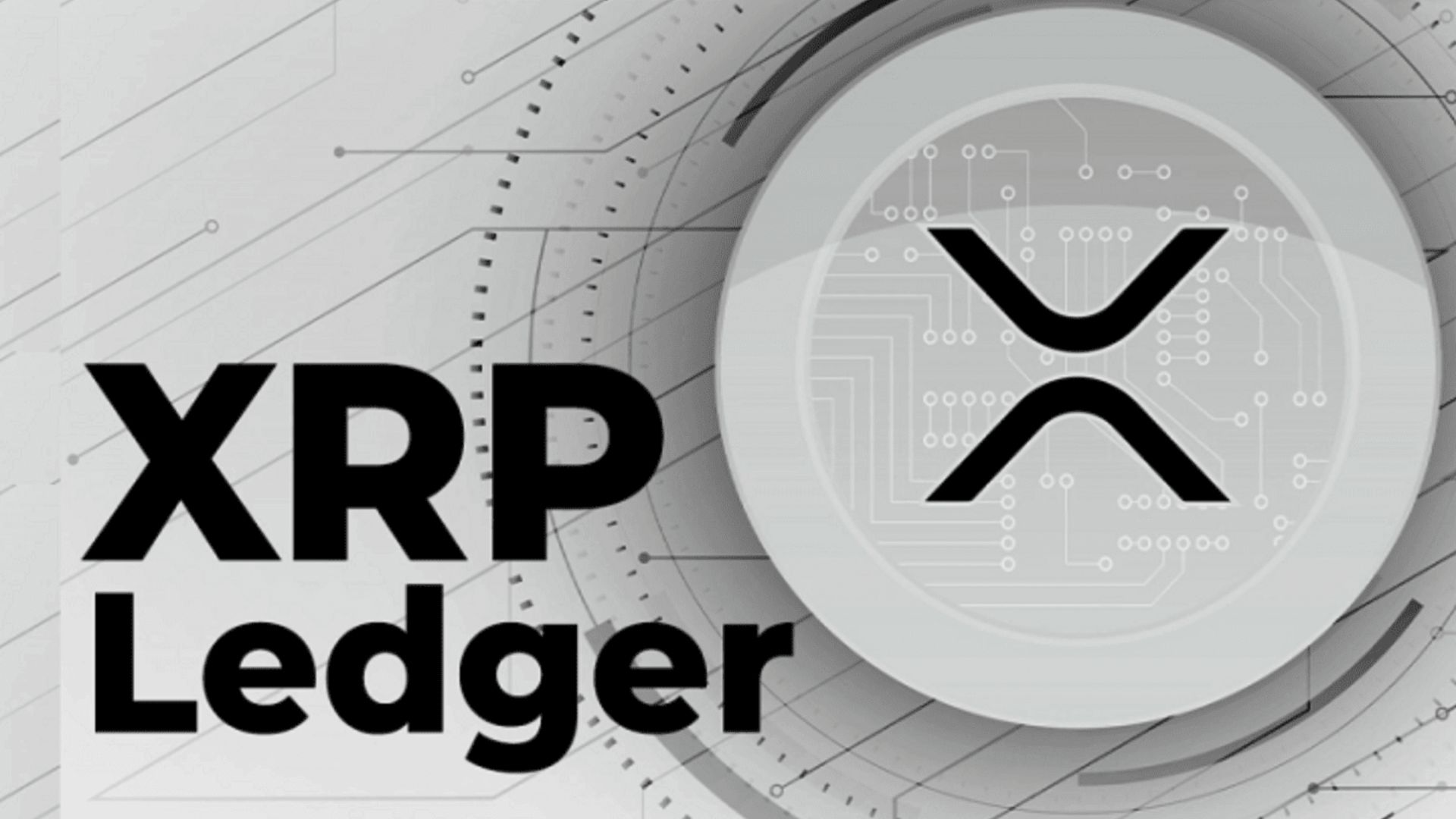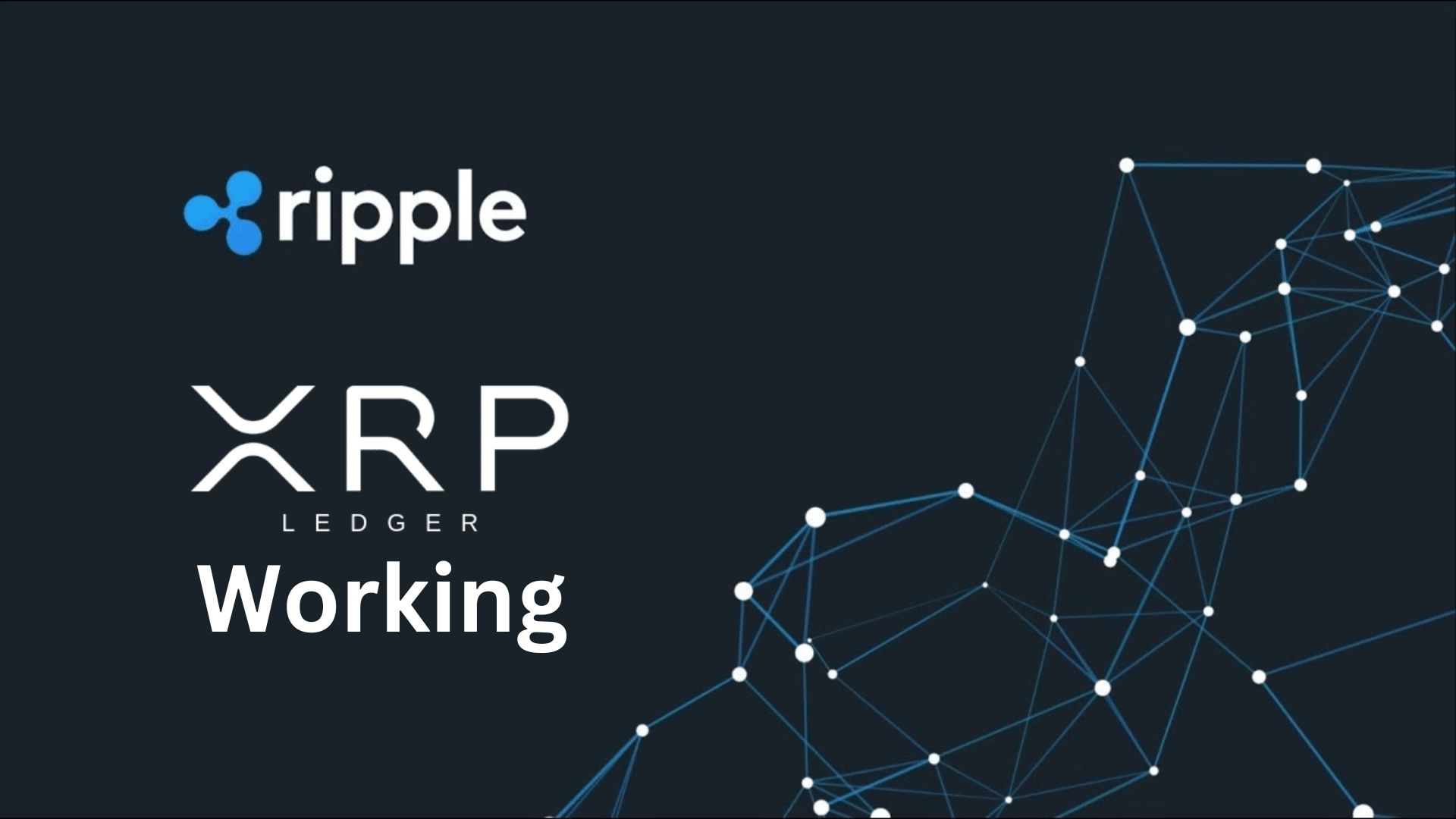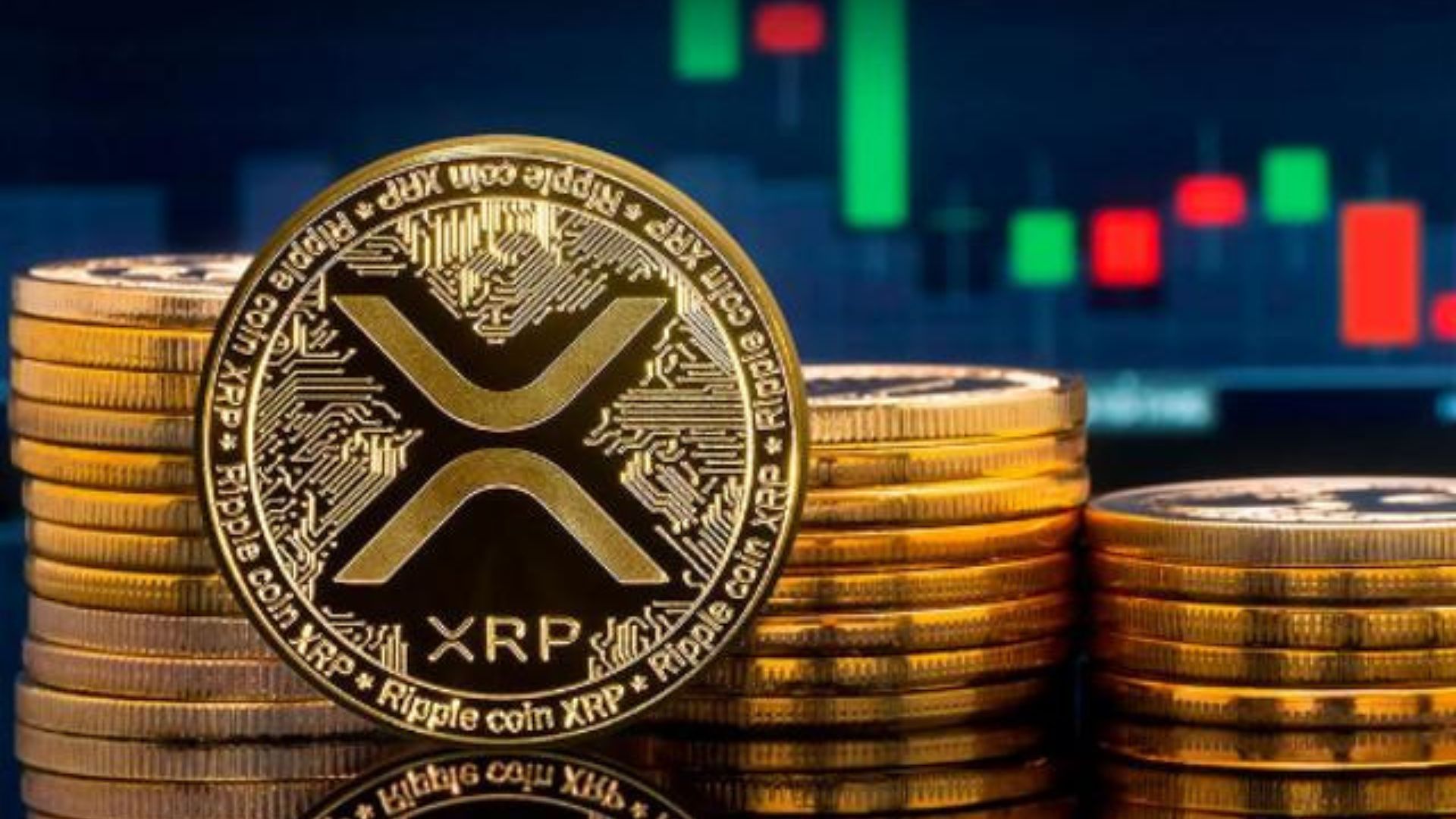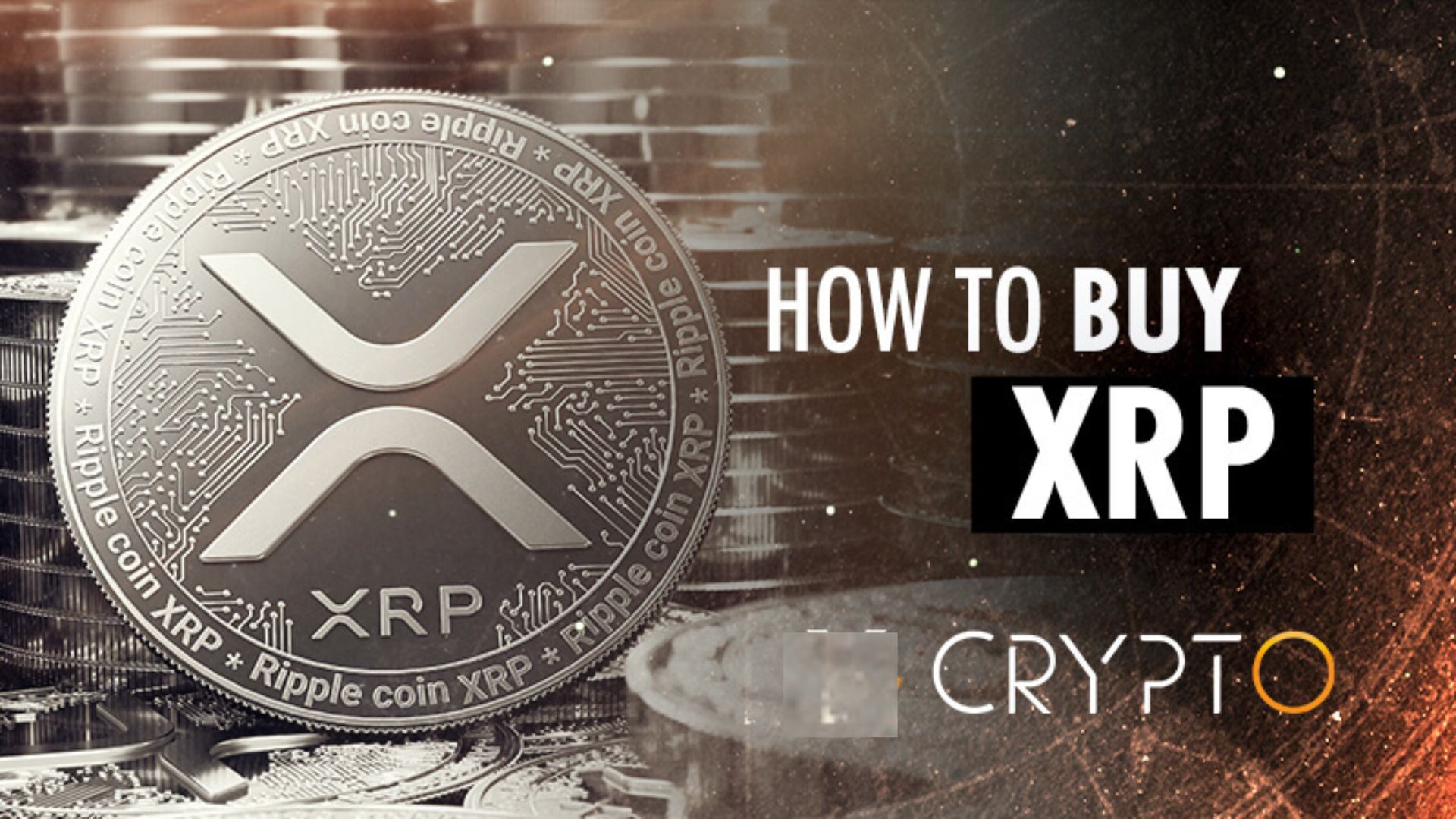What is XRP Ledger (XRP)?

What is XRP Ledger (XRP)? Ripple Labs Inc.’s XRP Ledger is a digital asset and open-source blockchain platform. This implies that programmers may help improve it and add features to it. It is commonly known as XRP, the native cryptocurrency of the XRP Ledger. Fast, cheap, and secure transactions are the goal of the XRP Ledger’s design. To guarantee the Ledger’s integrity, it operates as a distributed ledger, storing transaction records across a network of cooperating computers called validators.
For its role in simplifying and speeding up international money transfers, XRP has received a lot of praise. Its principal goal is facilitating cross-border value transfers for individuals and financial institutions by increasing liquidity and connecting different currencies. To investigate the potential of XRP for cross-border payments and money transfers, its developers, Ripple, have partnered with multiple banks. Although Ripple and the XRP Ledger are frequently linked, the two companies are separate. You may trade XRP on other cryptocurrency platforms because of the XRP Ledger’s interoperability with digital wallets.
If you’re interested in buying, selling, or trading XRP, you may do it on any cryptocurrency exchange supporting the XRP Ledger (XRP). Blockchain platforms such as Binance, Coinbase, Kraken, BitStamp, Huobi, and many more are prime examples.
Founders of XRP Ledger (XRP)
Bitcoin fascinated David Schwartz, Jed McCaleb, and Arthur Britto in early 2011, but its energy consumption and scalability concerns were concerns. Their goal was to develop a value transfer system that could last longer. Estimates showed that Bitcoin mining used more energy than Portugal in 2019, proving their predictions about Bitcoin’s energy usage. As mining power continues to be concentrated in China, they also anticipated the dangers of a single miner or a group of miners obtaining more than half of the power.
Ripple is a distributed ledger that uses a digital asset originally known as “ripples” (now known as XRP) and was built by developers who were not deterred. The name Ripple brought together every component of the Ripple ecosystem—the open-source project, the consensus ledger, the protocol for transactions, the network, and the digital asset. To avoid any misunderstandings, community members began calling the cryptocurrency “XRP.” Schwartz, McCaleb, and Britto accomplished the code’s development and the Ledger’s finalization by June 2012.
How XRP Ledger (XRP) Works

The XRP Ledger is an innovative blockchain platform that prioritizes scalability and compatibility. Because of this emphasis, the Ledger can provide many opportunities for varied uses that go beyond the domain of conventional financial systems.
The XRP Ledger has the potential to spark innovation and revolutionize various industries by proving it can process large volumes of transactions and facilitate smooth connectivity between various assets. Within the blockchain ecosystem, it opens the door to new use cases and game-changing solutions thanks to its scalability and interoperability.
Features Of XRP Ledger
Consensus Ledger
The XRP Ledger is a distributed ledger that uses a network of independent validators to store the history of transactions. The consensus algorithm verifies and agrees upon transactions, and each validator keeps a copy of the Ledger. Using a collaborative process among validators, this approach guarantees the secure storage of the Ledger’s transaction history. The XRP Ledger establishes a trustworthy and open system for recording and validating transactions through this decentralized framework.
Gateways and Interoperability
To facilitate the issuance and redemption of assets on the XRP Ledger, the platform allows for the creation of gateways. These gateways are vital in connecting different assets and currencies to facilitate smooth interoperability across diverse financial systems.
The gateways improve the compatibility and connectivity of various value representations by enabling the transfer and exchange of diverse assets. Potentially leading to improved liquidity and simplified financial operations, this XRP Ledger feature facilitates easier and faster cross-border transactions.
Transaction Speed and Scalability
Because of its design priorities, the XRP Ledger (XRP) can handle a high volume of transactions quickly and easily. The Ledger is ideal for many use cases that require efficient and fast transaction execution due to its ability to settle transactions in a few seconds. Its rapid settlement of transactions and high scalability make it easy for people and companies to transact in a timely and streamlined manner, which boosts efficiency and adaptability across many sectors.
Consensus Algorithm
The XRP Ledger uses the Ripple Protocol Consensus Algorithm (RPCA), a unique consensus algorithm. Instead of traditional algorithms like proof-of-work (PoW) or proof-of-stake (PoS), RPCA uses a network of validated users to verify the legitimacy of transactions. Collectively reaching a consensus on the validity and order of network transactions is the vital responsibility of these validators. The XRP Ledger provides a safe and efficient platform for doing business by using this novel consensus mechanism to guarantee the accuracy and dependability of its transaction validation process.
Native Cryptocurrency (XRP)
XRP is the digital currency that runs the XRP Ledger and has many uses, including bridging different currencies, providing liquidity, and easing transactions. Transferring XRP from one party to another on the XRP Ledger facilitates value exchange and allows for frictionless transactions. The XRP Ledger ecosystem relies on this flexible cryptocurrency to function efficiently.
The Impact of XRP on the Financial Industry

The XRP Ledger and its native currency, XRP, have undeniably revolutionized the financial industry. They have introduced numerous advantageous innovations in numerous crucial areas, including:
Decentralized Finance (DeFi)
Decentralized finance (DeFi) applications are made possible by the XRP Ledger’s use of smart contracts and tokenization. This opens the door to the creation of innovative financial services such as lending, borrowing, and decentralized exchanges. The XRP Ledger’s scalability and speed make it a great platform for DeFi applications, which could reduce reliance on traditional intermediaries and bring financial services to underprivileged areas.
Asset Tokenization
The XRP Ledger’s ability to tokenize physical assets such as art, commodities, and real estate could bring liquidity to assets that haven’t had it before. These assets can be represented as digital tokens on the blockchain, which makes fractional ownership possible and makes them more accessible and transferable. This breakthrough can improve The market’s efficiency, opening new investment opportunities.
Cross-Border Payments
The XRP Ledger is a great option for international payments because of how quickly transactions settle and how cheap the fees are. Potentially lowering costs and increasing liquidity for financial institutions, its efficient currency-bridging capabilities streamline and quicken international transactions. Businesses and individuals alike can reap the benefits of faster and more affordable remittances.
Liquidity and Market Efficiency
The XRP Ledger’s use of XRP as a bridge currency and liquidity tool could improve market efficiency and liquidity for many assets. Users can sell and trade assets more easily on the XRP Ledger because it facilitates seamless value exchange across different currencies, which improves liquidity. Market efficiency and price discovery can both be improved by this increased liquidity.
XRP Distribution And Price Dynamics
Ripple Labs has a complex mechanism beyond a monthly release schedule for distributing XRP coins. Several factors, including market circumstances and ecosystem development, impact the release of most XRP, which is now held in 16 escrow contracts. Ripple can change the speed depending on their evaluation, and the initial 55-month distribution prediction was merely an estimate.
The XRP price is undoubtedly affected by this distribution approach. A large flood of new coins could push down the value of XRP. But it would be myopic to pin price changes on just one variable alone. Factors that have a substantial role include the general attitude of the market towards cryptocurrencies, the demand from financial institutions, regulation changes, and Ripple-related news. A thorough examination of these interdependent elements is required to comprehend the XRP price movement, considering the complex relationship between Ripple’s distribution plan and the ever-changing cryptocurrency market.
Tokenomics of XRP Supply
XRP is a pre-mined cryptocurrency with no more tokens created because its supply is 100 billion. While the founders received 20 billion tokens, only a small portion is being traded. Since 55 smart contracts will release 1 billion tokens across 55 months, a 1 billion token increment will occur monthly. With the remaining supply held in escrow, the total number of tokens is 53.7 billion.
Since the top 100 wallets own over 60% of the supply, decentralization is a cause for concern. The current quantity of XRP is 47 billion tokens, with 6.5 billion owned by Ripple. With the burning fees reducing the total supply to roughly 99,988,221,902 XRP, XRP shows a moderate deflationary trend.
Buying XRP Coins

While buying XRP coins is usually not too complicated, there are various options to suit users with varying degrees of expertise and comfort. Here is a rundown of many methods that can be adapted to fit your needs:
- Beginner-Friendly Exchanges: Newcomers will find Coinbase and Binance to be user-friendly platforms. Along the way, they aid consumers with user-friendly interfaces, detailed instructions, and customer service.
- Peer-to-Peer (P2P) Exchanges: You can buy XRP directly from others on platforms like Paxful, which are P2P exchanges. This decentralized method is great for privacy and flexibility, but it needs careful evaluation of counterparties and adherence to safety protocols.
- Decentralized Exchanges (DEX): One decentralized exchange (DEX) platform that uses blockchain technology is Uniswap. They make it possible for users to trade directly with one another, cutting out intermediaries and giving users more control over their money. But you’ll need wallets compatible with DEX platforms to use them.
Ripple Lawsuit With Securities And Exchange Commission (SEC)
A major factor influencing XRP’s value is the ongoing legal battle between Ripple and the SEC, which started in December 2020. The SEC has accused Ripple of selling XRP without registering the offering as a security. However, Ripple maintains that XRP is only a utility token for international payments, not a security. The continuous conflict has created instability for XRP, leading to price swings and doubts about its widespread acceptance. Both XRP and the cryptocurrency sector as a whole will be profoundly affected by the case’s verdict.
Because of the uncertainty around XRP’s classification, businesses and consumers are apprehensive about embracing it, leading to a reluctant market due to the litigation. Who will come out on top: XRP’s token utility or the SEC’s classification as a security? That’s the question the resolution will answer. The market is still waiting for Ripple to provide a clear answer about where their digital creation will go.
Conclusion
Fast, cheap transactions, a decentralized network, and the XRP Ledger (XRP) moniker are all selling points. Because of this, it is now widely used as a bridge currency for sending money abroad. Legal hurdles aside, XRP has proven itself to be one of the first cryptocurrencies, attracting the attention of large financial institutions and propelling its adoption through RippleNet. Success is within reach, thanks to the community’s commitment and the project’s inherent capabilities. Whatever the case may be, the SEC lawsuit’s verdict will have a significant impact on XRP’s trajectory in the future.
However, it would be best to consider it as you navigate the XRP ecosystem seriously. Although novice traders may be more interested in platforms with simple interfaces, seasoned investors may choose decentralized exchanges (DEXs) due to their superior functionality. Remember that cryptocurrency prices are still quite unpredictable, and always invest responsibly, no matter how much or little expertise you have. Think about these things, research, and then pick the best that fits your risk tolerance and financial goals.
